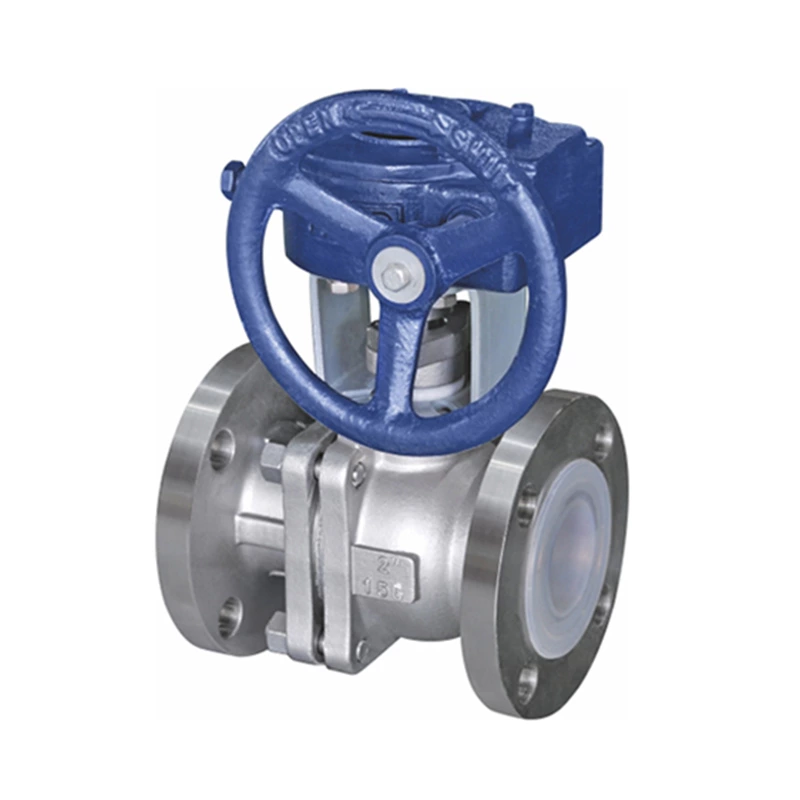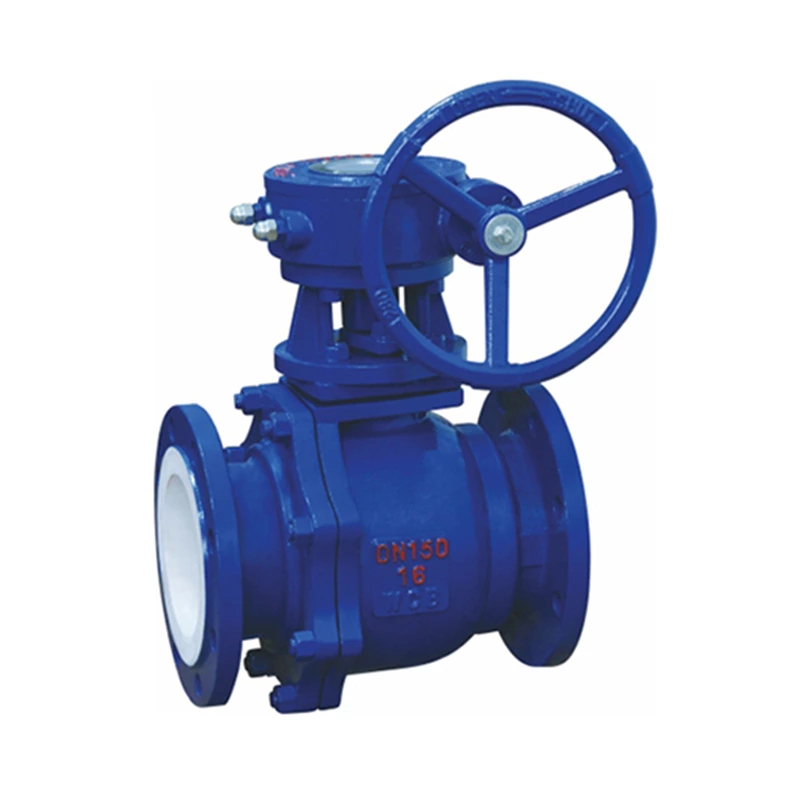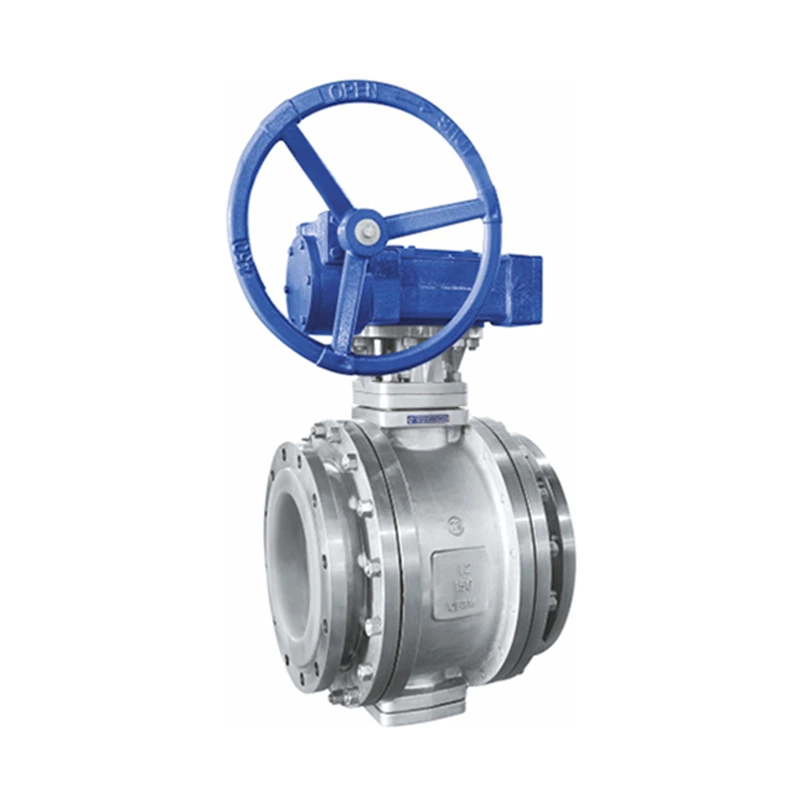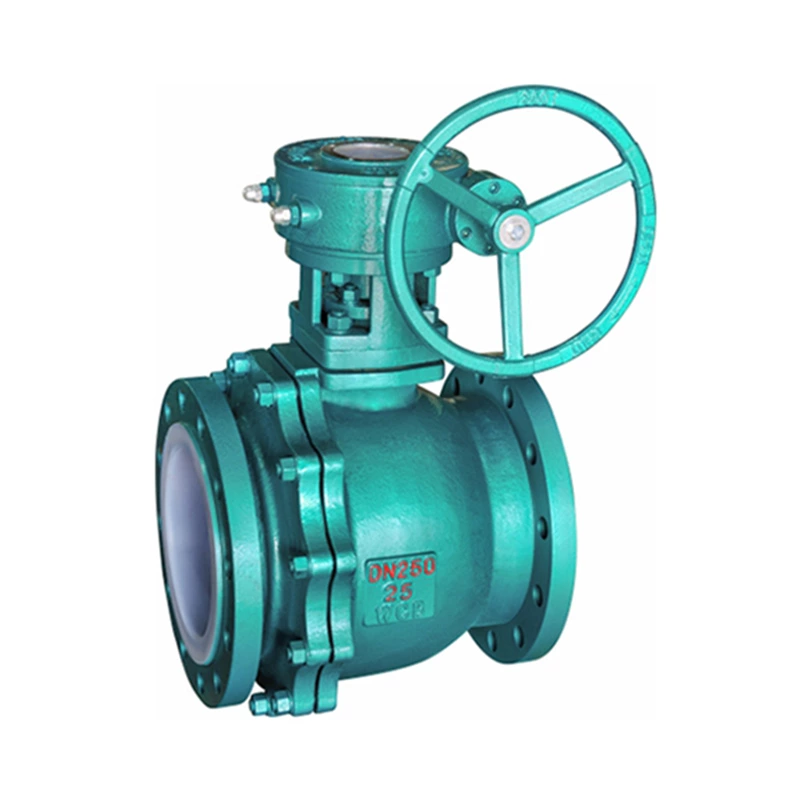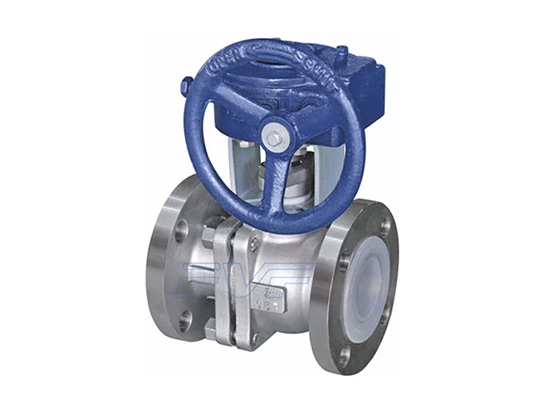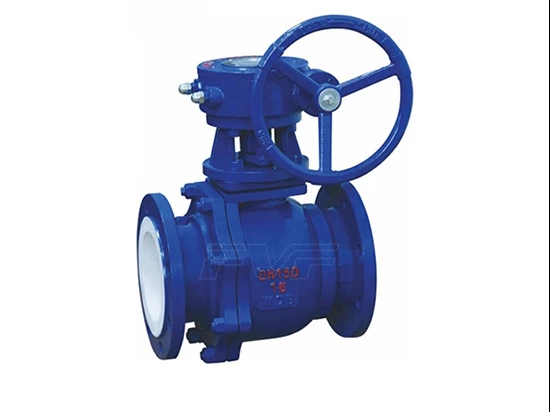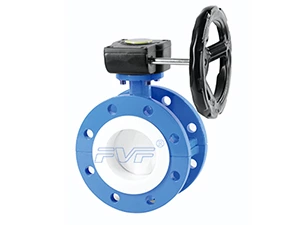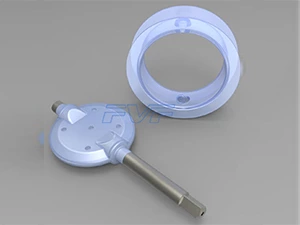What is the difference between cast steel (WCB) and cast iron?
What is the difference between cast steel (WCB) and cast iron?
Among the valve body materials, cast iron and cast steel are two commonly used valve body materials:
The main difference between cast iron and iron steel valves is the carbon content, which directly affects the strength and plasticity of the steel. Carbon steel is also called carbon steel, an iron-carbon alloy with a carbon content of less than 2% WC. In addition to carbon, carbon steel generally contains a small amount of silicon, manganese, sulfur, and phosphorus. According to the purpose, carbon steel can be divided into three categories: carbon structural steel, carbon tool steel and free-cutting structural steel. Carbon structural steel is further divided into building structural steel and machine-made structural steel. According to the carbon content, carbon steel can be divided into low-carbon steel (WC ≤ 0.25%), medium carbon steel (WC0.25%-0.6%) and High carbon steel (WC 0.6%) can be divided into ordinary carbon steel (high phosphorus and sulfur content), high-quality carbon steel (low phosphorus and sulfur content) and advanced high-quality steel ( Lower phosphorus and sulfur content) Generally, the higher the carbon content in carbon steel, the higher the hardness and the higher the strength, but the lower the plasticity.
Cast iron: Cast iron is an iron-carbon alloy with a carbon content of more than 2%
Cast iron can be included: 1, gray cast iron 2, white cast iron 3, malleable cast iron 4, ductile iron, mainly imported butterfly valve of ductile iron, imported gate valve of ductile iron, imported check valve of ductile iron; 5, vermicular cast iron 6. Alloy cast iron
Generally speaking, the cast iron valve is made of ductile iron, which is obtained by spheroidizing the gray cast iron molten iron, and the precipitated graphite is spherical, referred to as ductile iron. Compared with ordinary gray cast iron, it has higher strength, better toughness and plasticity
Cast Steel:
Steel for casting castings. A type of cast alloy. Cast steel is divided into three categories: cast carbon steel, cast low alloy steel and cast special steel; cast carbon steel. Cast steel with carbon as the main alloying element and small amounts of other elements. The carbon content is less than 0.2% is cast low carbon steel, the carbon content is 0.2% to 0.5% is cast medium carbon steel, and the carbon content is more than 0.5% is cast high carbon steel. With the increase of carbon content, the strength and hardness of cast carbon steel increase. Cast carbon steel has high strength, plasticity and toughness, and low cost. It is used in heavy machinery to manufacture parts that bear heavy loads, such as rolling mill stands, hydraulic press bases, etc. Parts that are impacted, such as bolsters, side frames, wheels and couplers, etc.;
From the above material characteristics, cast iron is more rigid and brittle than cast steel, and cast steel has better plasticity and toughness than cast iron, so cast iron is generally used in pipelines with relatively low pressure. It is generally used for normal pressure and normal temperature water, or normal pressure and normal temperature gas; at the same time, it can only be used on pipes at normal temperature, because the increase of pressure or temperature means that the valve will have a certain slight deformation, which is relatively unfavorable for cast iron valves. Cast steel valves can be used in pipes with relatively high pressure or temperature. For example, cast steel valves include high temperature and high pressure cast steel import globe valves, import gate valves, and import check valves.
Application of cast iron valves: For example, we often see valves used in water pipelines, and the valves are sprayed with black paint. This type of valve is a cast iron valve.
